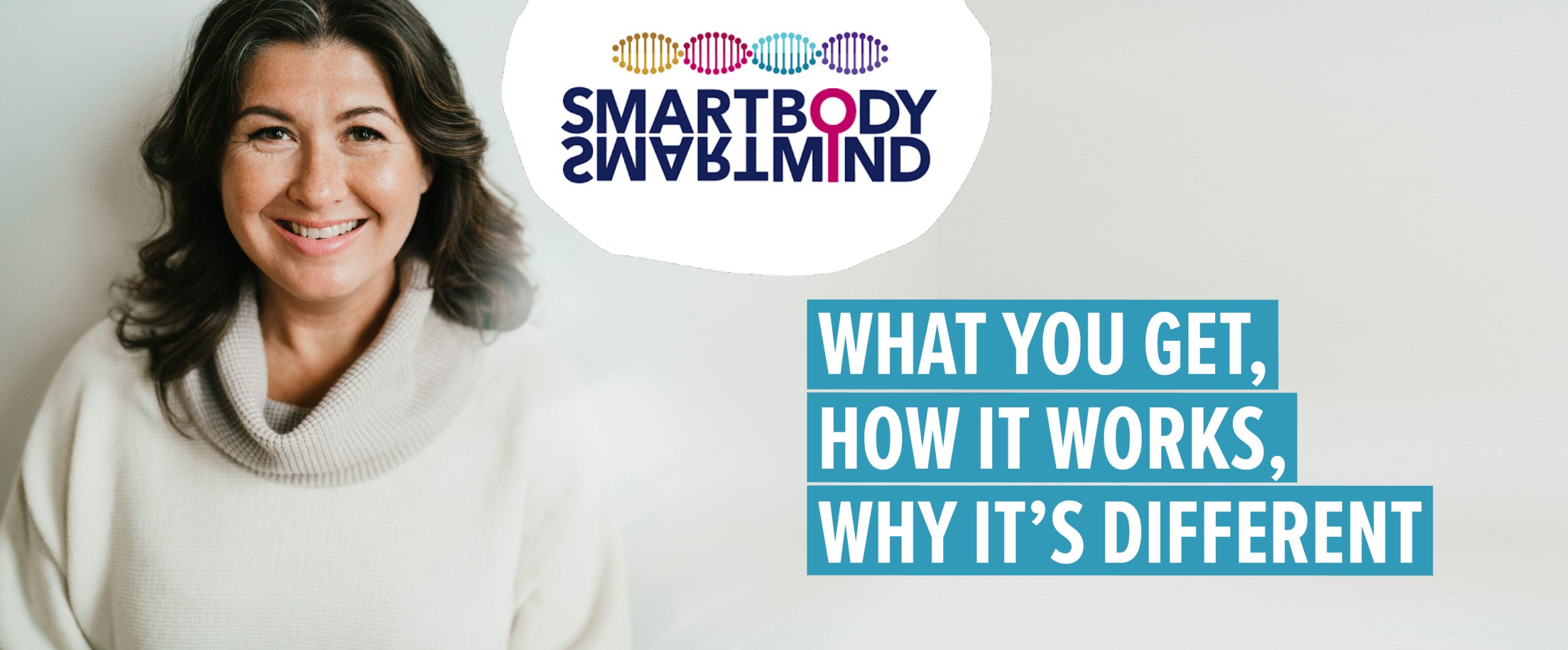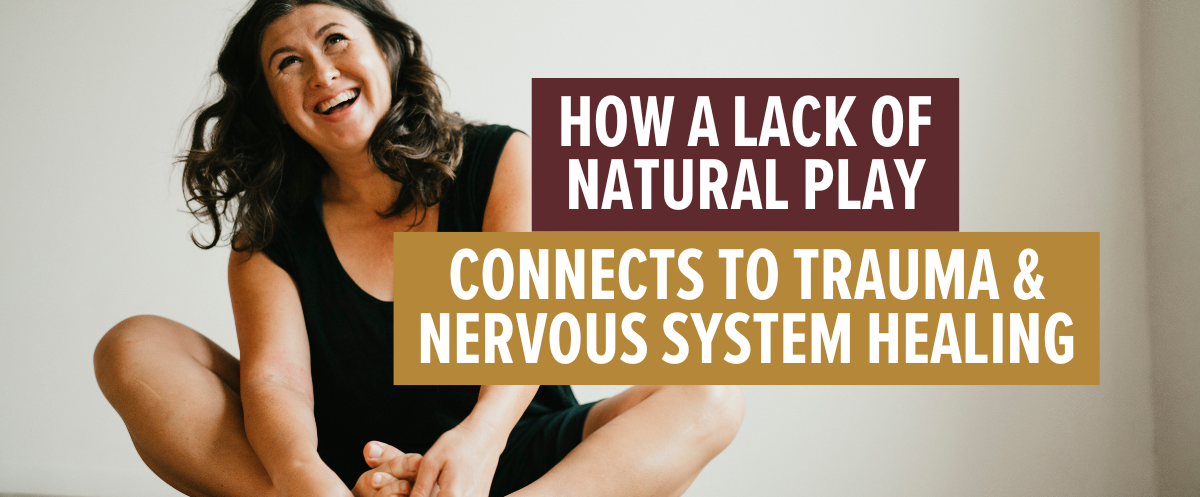It might seem like a pretty big stretch to imagine how these two things relate to one another.
But they do.
I was working with a person the other day who has not been able to straighten their knee joint for a few years leaving it difficult to walk without a small limp. This small limp had resulted in some minor arthritis of the same joint (according to the x-rays), as well as knee pain.
After a ~50 minute Feldenkrais session, plus their desire to be curious and want to learn about their body, the pain was all gone on the inside of the person’s knee and while walking after the session in my office they exclaimed,
“OMG! I can completely straighten out my knee – AMAZING!”
How did this happen?
And, how did this happen when there was no stretching of the muscles, no drastic measures to manipulate tissues or crack anything into place?
I wish I could give you a series of steps to do at home if you have this exact same problem, or something similar to this, but I can’t do this.
Every person is unique and every person carries their own specific movement history, habits, injuries etc.
There is however one thing that does have to occur for this kind of transformation to begin.
This ONE THING is the same thing that must occur when dealing with the improvement of anything in our world.
We must begin to be more attentive and interested in improving the relationship we have with our ourselves, our environment and how these two interact with each other.
This is what happened with this person in those precious 50 minutes.
But…does it last you may ask?
For this person YES!!
It will last for them because they wanted to come back the next day to learn and improve MORE, even though the acute pain was gone and they could walk easily.
They maintained a curiosity around the process.
Many people stop this process when the pain is gone, but when the pain isn’t there and more attention and practice occurs, this is when real transformation and long-term change solidifies.
The following day we worked on squats and sitting.
As we brought more skill and complex movement into, and around the knee joint, this person is improving not only their joints, but their capacity to recruit more of their muscle tissue (that of the thighs and gluteal muscles) which means better health overall and greater chance of staying young and fit as they age.
The joint’s surfaces will heal because the body is no longer moving in an inefficient manner putting undue strain through the cartilage and tendons which causes the arthritis in the first place.
Perhaps they’ll avoid a future knee replacement because of this desire to curate better movement potential.
Maybe they will stay more active, leading to an aging process that is successful, rather than the all too common aging process that is plagued with diminished physical activity, loss of independence and a whole slew of medical conditions that pop up with such inactive lifestyles.
Of course, they’ll have to keep this awareness and practice up.
Use it or lose it they say!
With self-awareness, attention to the details of movement mechanics, and time, new habits will completely revolutionize the way this person relates to not only themselves but the world around them.
You could consider this a positive upward spiral of personal body functionality and worldy functionality, and all this by discovering and practicing how to use the knee joints a little more efficiently!
Like I mentioned above, saving the world and saving your joints are one and the same, and to be quite honest, in order to save the world you have to start with yourself.
Why not start with those knees?
If you have your own story to share around this topic, or maybe a question has popped up as a result of reading, please post a comment below.
I’d love to hear from you.
To be continued…
Irene.






